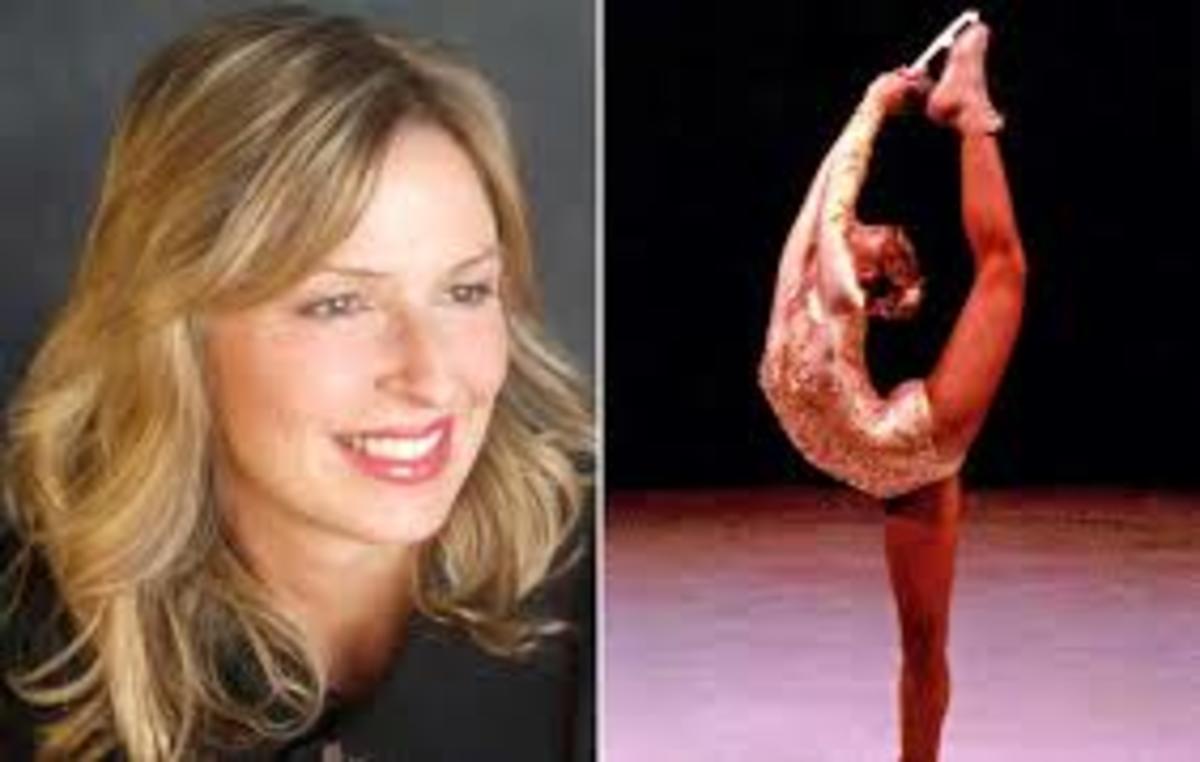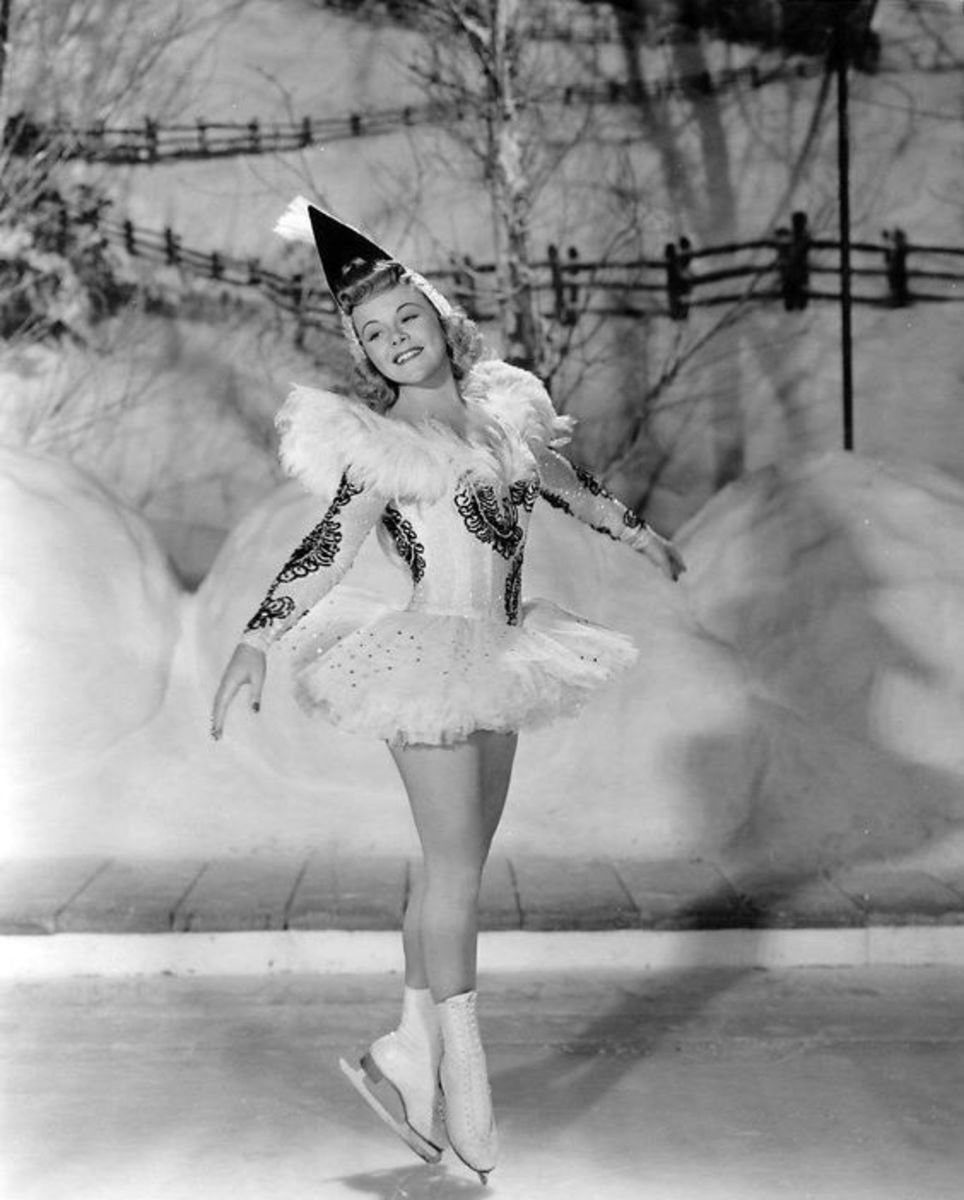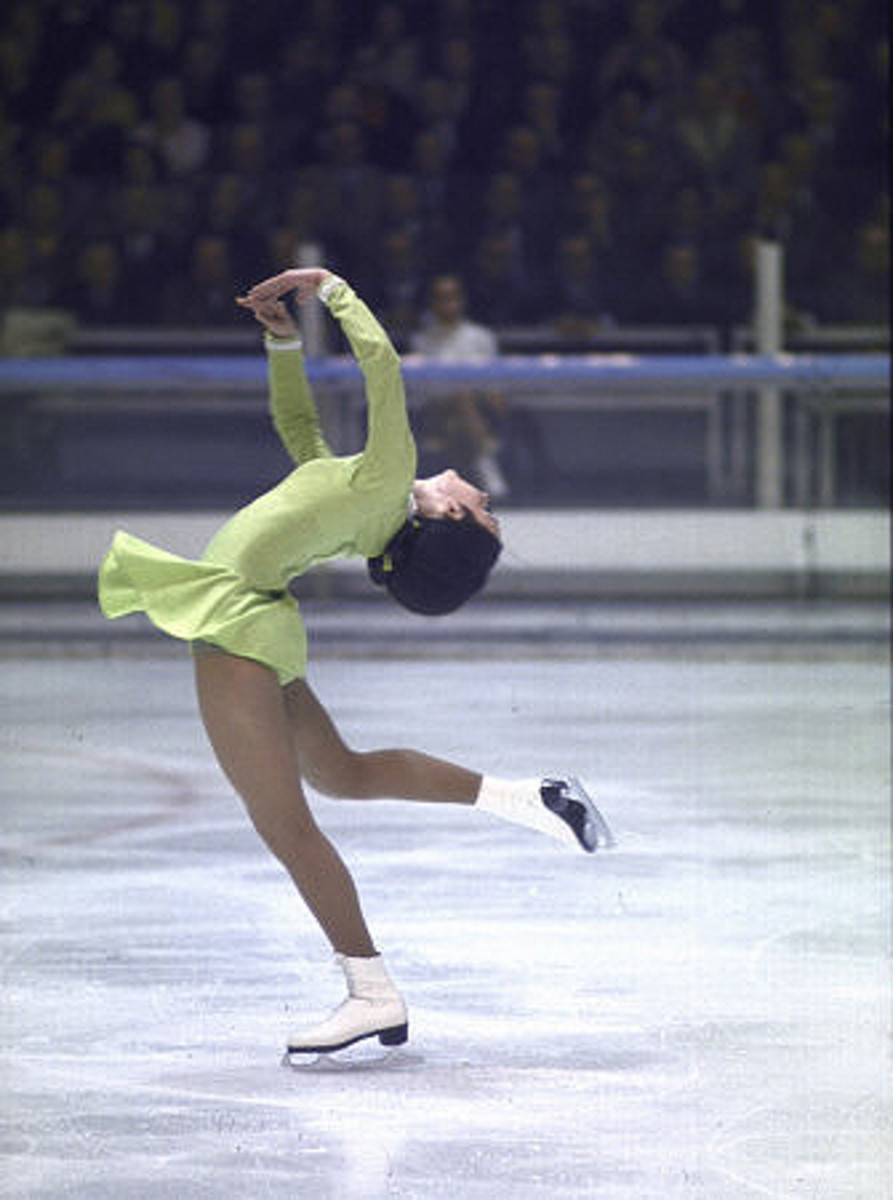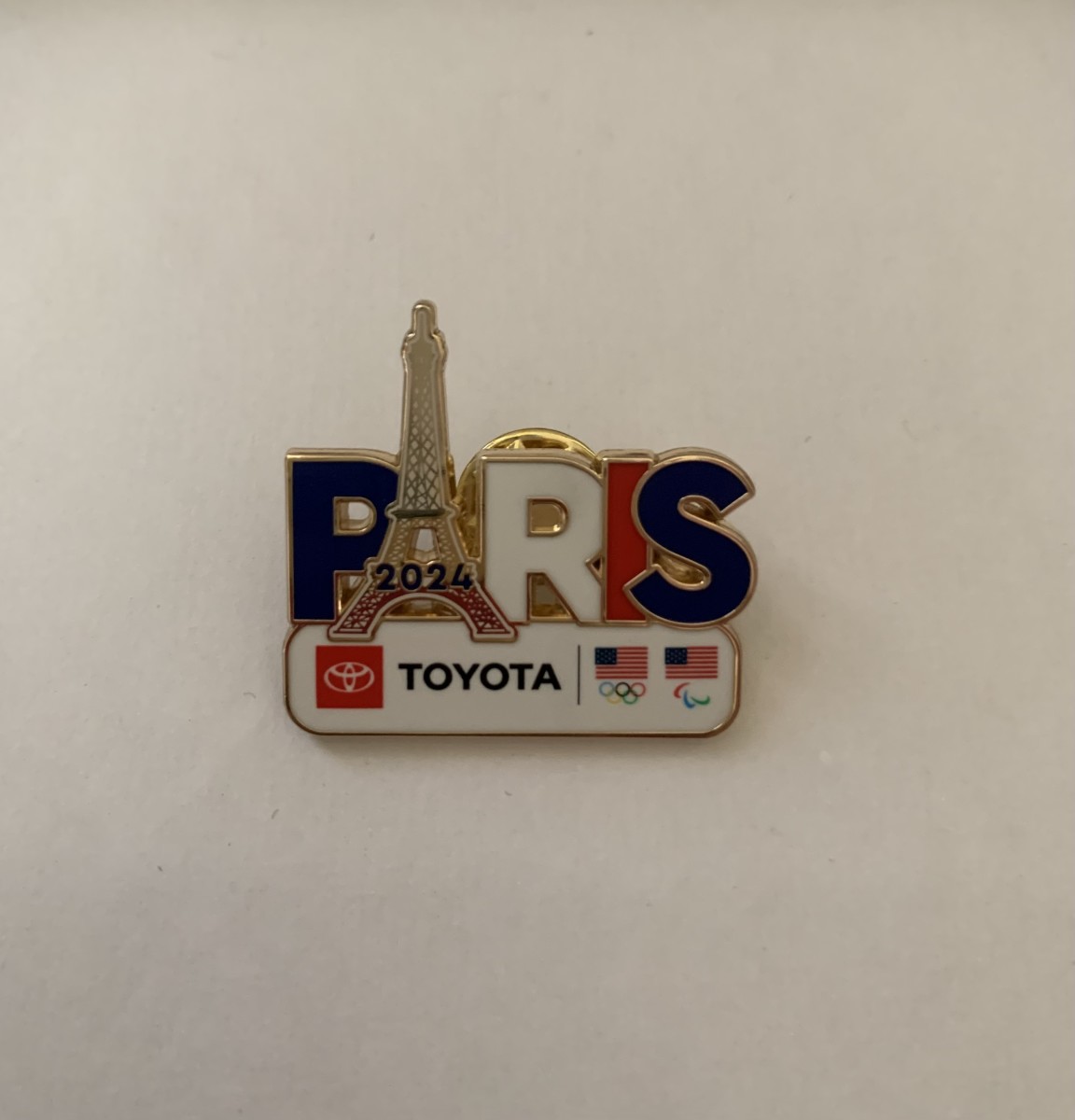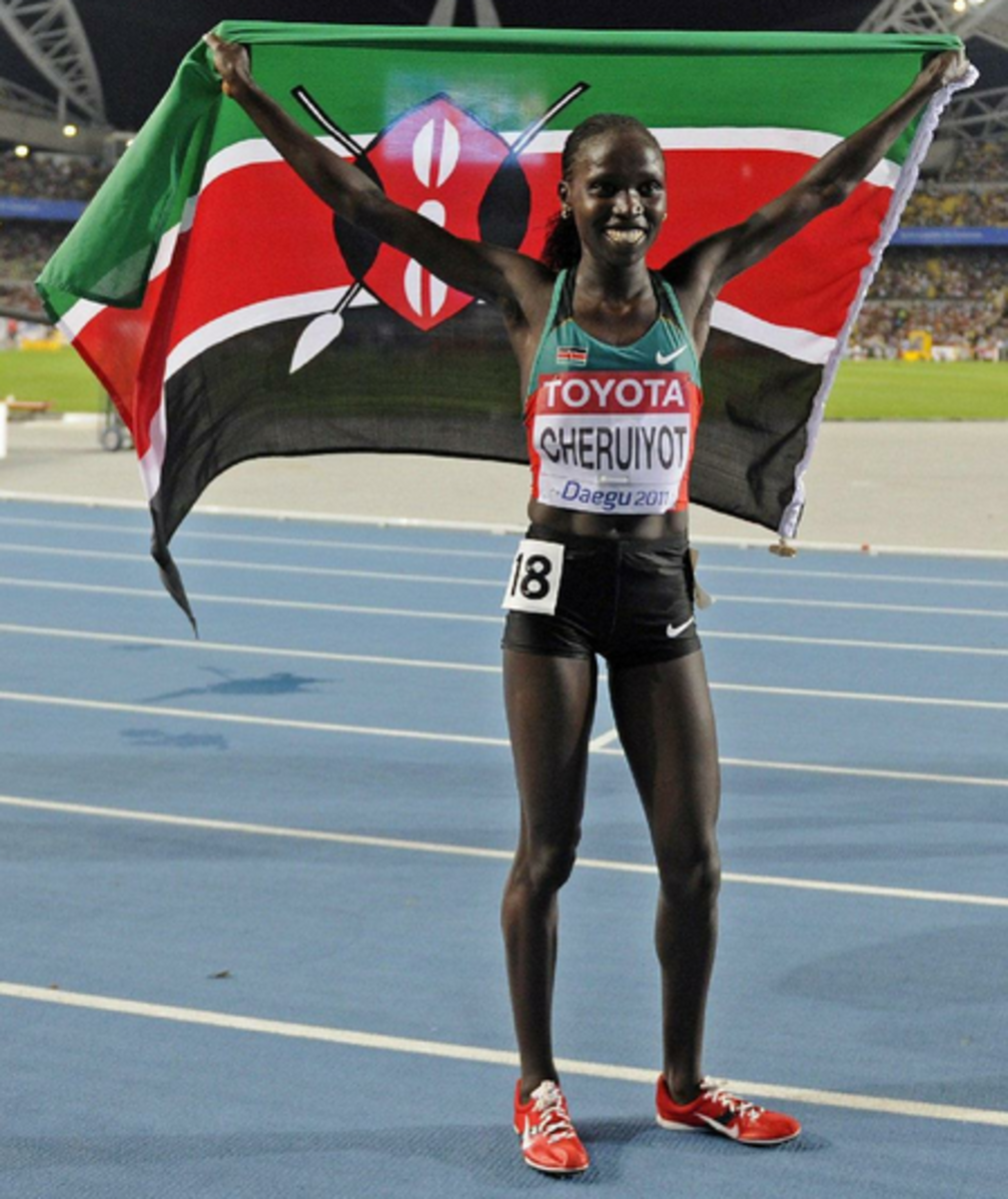What It Takes to Become a Skater:
Janet Lynn in 1971

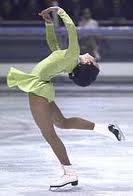
In the above, you will see how Janet Lynn moves in order to fix her center of weight, and how steady her postures on ice are while she connects one move to another. You will also compare Yuna Kim's spin posture and Peggy Fleming's. How identical are they!
Now it's time to show a list of items that need to be checked to objectively assess a skater's skating assets.
Competition is a way of assessing a skater by restricting several conditions such as time, place, routines, sequences, etc. This is to enhance objectification, but it also limits a skater's skating assets to a set of preset boundaries.
Especially in a time when the ISU and its judges demonstrated criminal temerity in their iron grip on the sport, I think it is helpful for people to learn how to appreciate figure skating and how to discern valid authenticity from institutional lies and humiliating frauds.
The list is in the following:
1. Technical level.
1-a Body control level( degree of agility) : How a skater use her body with momentum. This directly associates with a skater's ability to maintain mobile continuity and completeness in moves, and how a skater is able to make all-rounded balance and integrate it into momentum. This includes difficulty of elements and quality of elements often characterized by speed, power, consistency, completeness, scale, etc.
1-b Jump level (degree of jump): In figure skating, jump is a separate element, yet the most important element due to its degree of difficulty. Historically as well as practically, jump has evolved as more rotation is required in jump. However, difficulty of jump level is determined not only by the number of rotation but also quality of jump, jump consistency, its integration, etc.
1-c. Quality level( degree of execution) : How enclosed and well connected moves are. How refine they are. This represents quality of each execution. This includes lines, extensions, polishing, flow, etc. This also determines how well(proficiently) a skater handles each element such as jumps, spins, spirals, etc.
2. Artistic level: The real point of figure skating is how a skater express artistic interpretation on music using three elements above. Although a skater is equipped with all three elements above but artistic expressiveness, that is, if she is poor in incorporating her musicality into performance, her skating is incomplete.
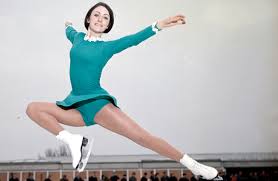

Can you tell the difference between these two skaters, Janet Lynn and Peggy Fleming? Both were both typical lyrical skaters. Then how different are they from each other?
Lynn was also a skater influenced by Fleming, like all other skaters ever since. However, Lynn and Fleming are as much different as they are similar.
Janet Lynn was rather an idiosyncratic skater. Very often, people call Lynn the most artistic - as opposed to technical - skater of all time, rightfully so, but this, ironically, testifies how they misunderstand about Lynn's artistry. On the contrary, Lynn was a more technically oriented giant than the so called "artistic" one.
When people talk about "artistic", they don't realize that the "artistry" they refer to is actually "balanced ideal" best represented by Peggy Fleming's skating.
If Fleming focused on how to combine athleticism and aesthetics in her skating in order to present a physiologically oriented aesthetic model to her contemporary, that is, Fleming's approach was built on what was conceivable and available in her time, Lynn, on the other hand, looked ahead of her contemporary demands. Lynn's concern was how to create perfect moves in her skating that are compatible with interpretative aestheticism she thought essential.
In other words, the two skaters differ in the way of how aesthetics of skating ought to be manifested. While Fleming tried to manifest aesthetics through line-conscious skating, a canonical model, Lynn through control mechanism, that is, Lynn exploited a new aestheticism. That's why Lynn's skating is so far ahead of her time and remains a myth itself to this day.
Janet Lynn in 1972

Lynn was perhaps born in a time when people couldn't grasp her skating fully.
But Lynn showed the world that figure skating is all about how to use body on ice. While her peers were barely able to handle free skating and compulsory, the two seemingly contradictory disciplines, Lynn opened a new territory single-handedly by experimenting control mechanism.
Back then, most skaters in free skating barely made it look proficient, but Lynn's concern was quality of moves and its interpretative effects. Lynn was particularly concerned with integration between moves and perfect control to produce a disruption-free skating. As a result, her skating is a quest for degree of freedom on ice, which sets her skating apart from all others.



